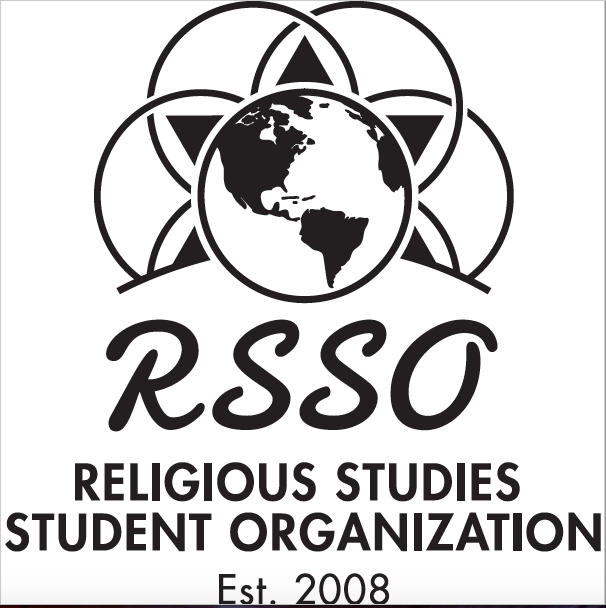Moderator
Dr. Norman Sullivan
Location
University of Wisconsin-Milwaukee
Start Date
12-4-2014 9:45 AM
End Date
12-4-2014 10:45 AM
Abstract
The Holyland is a rural area east of Lake Winnebago in east-central Wisconsin. Beginning in the 1830s, the Holyland was an area of chain migration for German Catholic farmers from Rhenish Prussia. The population of the Holyland grew to include eight separate parishes, each of which had a substantial church and parochial school. The area is still rural and is characterized by a substantial degree of residential stability in which many of the descendants of the community founders continue to live in villages of the Holyland.
One element of the acculturation process is studied in the Holyland by the compilation of data on representations of religious belief on cemetery memorials at St. Michael’s and St. Joseph’s Parish cemeteries. The cemeteries of these parishes are still active, although the church of St. Michael’s is no longer standing. A suite of data was compiled from each gravestone, including demographic information, iconographic or text presentation of religious sentiment, family name, given names and language used in memorialization.
Acculturation in these small parishes was complex. The usual generational attenuation of language and customs occurred. However, this was a slower process here than often seen because the majority of residents of the Holyland shared a common language, culture and religious outlook. There were also strong centripetal tendencies in these communities. As a consequence of these factors, the members of St. Michael’s and St. Joseph’s Parishes were able to withstand nativist cultural pressures and retain the use of their language of origin past the typical situation in which it begins to disappear in the second generation. Moreover, there is only slight evidence of the pressures of secularization of the broader society and expressions of faith on gravestones predominate over those without religious sentiment in all decades since the beginnings of the cemeteries.
Acculturation and Material Representations of Faith in Graveyard Memorialization of German Immigrants in the Wisconsin Holyland
University of Wisconsin-Milwaukee
The Holyland is a rural area east of Lake Winnebago in east-central Wisconsin. Beginning in the 1830s, the Holyland was an area of chain migration for German Catholic farmers from Rhenish Prussia. The population of the Holyland grew to include eight separate parishes, each of which had a substantial church and parochial school. The area is still rural and is characterized by a substantial degree of residential stability in which many of the descendants of the community founders continue to live in villages of the Holyland.
One element of the acculturation process is studied in the Holyland by the compilation of data on representations of religious belief on cemetery memorials at St. Michael’s and St. Joseph’s Parish cemeteries. The cemeteries of these parishes are still active, although the church of St. Michael’s is no longer standing. A suite of data was compiled from each gravestone, including demographic information, iconographic or text presentation of religious sentiment, family name, given names and language used in memorialization.
Acculturation in these small parishes was complex. The usual generational attenuation of language and customs occurred. However, this was a slower process here than often seen because the majority of residents of the Holyland shared a common language, culture and religious outlook. There were also strong centripetal tendencies in these communities. As a consequence of these factors, the members of St. Michael’s and St. Joseph’s Parishes were able to withstand nativist cultural pressures and retain the use of their language of origin past the typical situation in which it begins to disappear in the second generation. Moreover, there is only slight evidence of the pressures of secularization of the broader society and expressions of faith on gravestones predominate over those without religious sentiment in all decades since the beginnings of the cemeteries.

